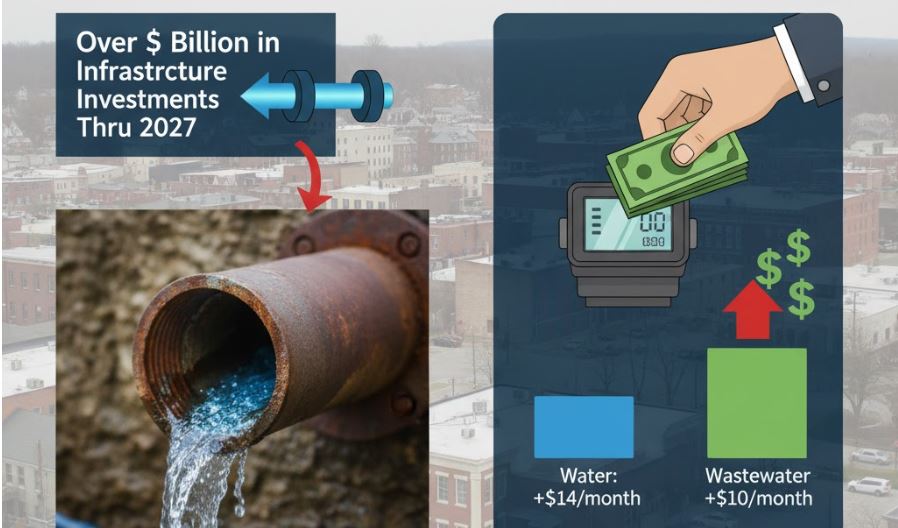6/10/2014 - In 2024, the U.S. housing market is undergoing significant changes, marked by a standoff between buyers and sellers, a record-low number of homes for sale, and a sharp increase in homeownership costs. This shift is mainly due to rising mortgage rates and limited available homes.
According to recent data, the number of homes available for sale has reached a record low despite an increase in the number of sellers. This has led to a slower pace of transactions, with a standoff between buyers and sellers becoming more common. Buyers are reluctant to commit to purchasing homes due to the high costs, while sellers are holding out for higher prices.
The cost of homeownership has increased dramatically since the pandemic, jumping by 26%. This has profoundly impacted homebuying sentiment, which has reached an all-time low. As a result, renting an apartment is now cheaper than owning a home in all but one of the 35 major U.S. metro areas.
In response to these rising costs, new homes are getting smaller. Builders are focusing on creating more compact, affordable homes to meet the market's changing needs. This trend is expected to continue as homeownership costs remain high.
In Florida, some residents opt out of homeowners insurance due to high rate increases. With insurance costs rising, homeowners are finding it increasingly difficult to afford the necessary coverage. This has led to a growing number of uninsured homes, which could have significant implications in a natural disaster.
Overall, the U.S. housing market will face several challenges in 2024. The standoff between buyers and sellers, the record low number of homes for sale, and the sharp increase in homeownership costs all contribute to a shift in the market. As the year progresses, seeing how these trends evolve and impact the broader economy will be interesting.











